Photo: SCAD
The SCAD Museum of Art rehabilitation blends historical preservation with modern design, repurposing remnants of the original gray brick North Shed against a contemporary concrete and glass backdrop. This transformation revitalizes the surrounding streetscape, turning it into a pedestrian-friendly extension of Savannah’s historic district. The project includes over 30,000 square feet of gallery space, outdoor performance venues, and an art courtyard, enhancing Savannah’s growing arts corridor. Inside, classrooms and a high-tech auditorium support SCAD’s educational mission. The design integrates sustainable practices, using reclaimed materials and energy-efficient systems, preserving the site’s legacy while fostering cultural and urban renewal. This project was designed in collaboration with local architect Neil Dawson | city master planner Sottile & Sottile.
Savannah, GA
Architecture, Interiors, Space Planning
96,000 sf
Adaptive Reuse, Learning Spaces, Museum, Arts
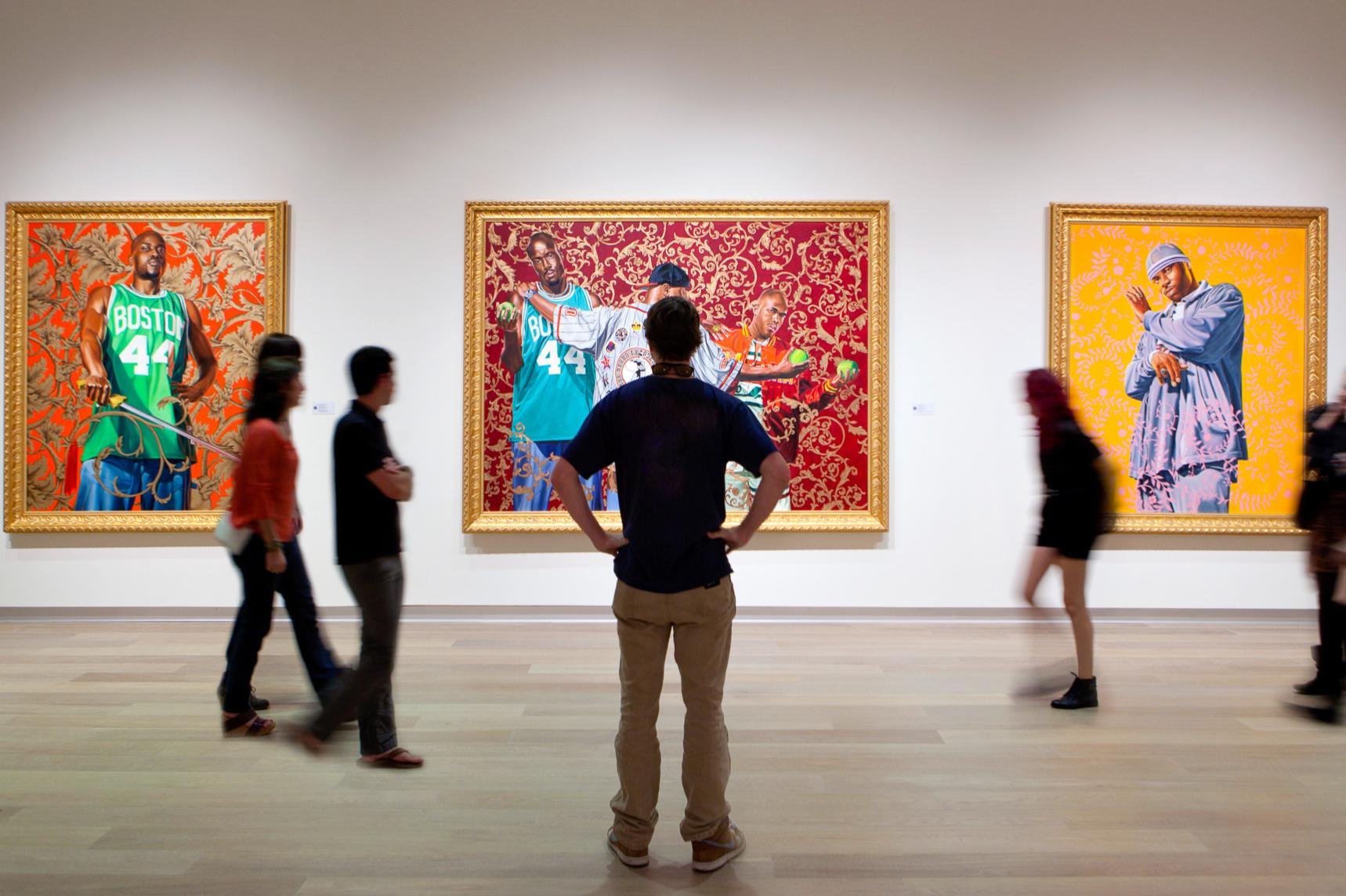
Photo: SCAD
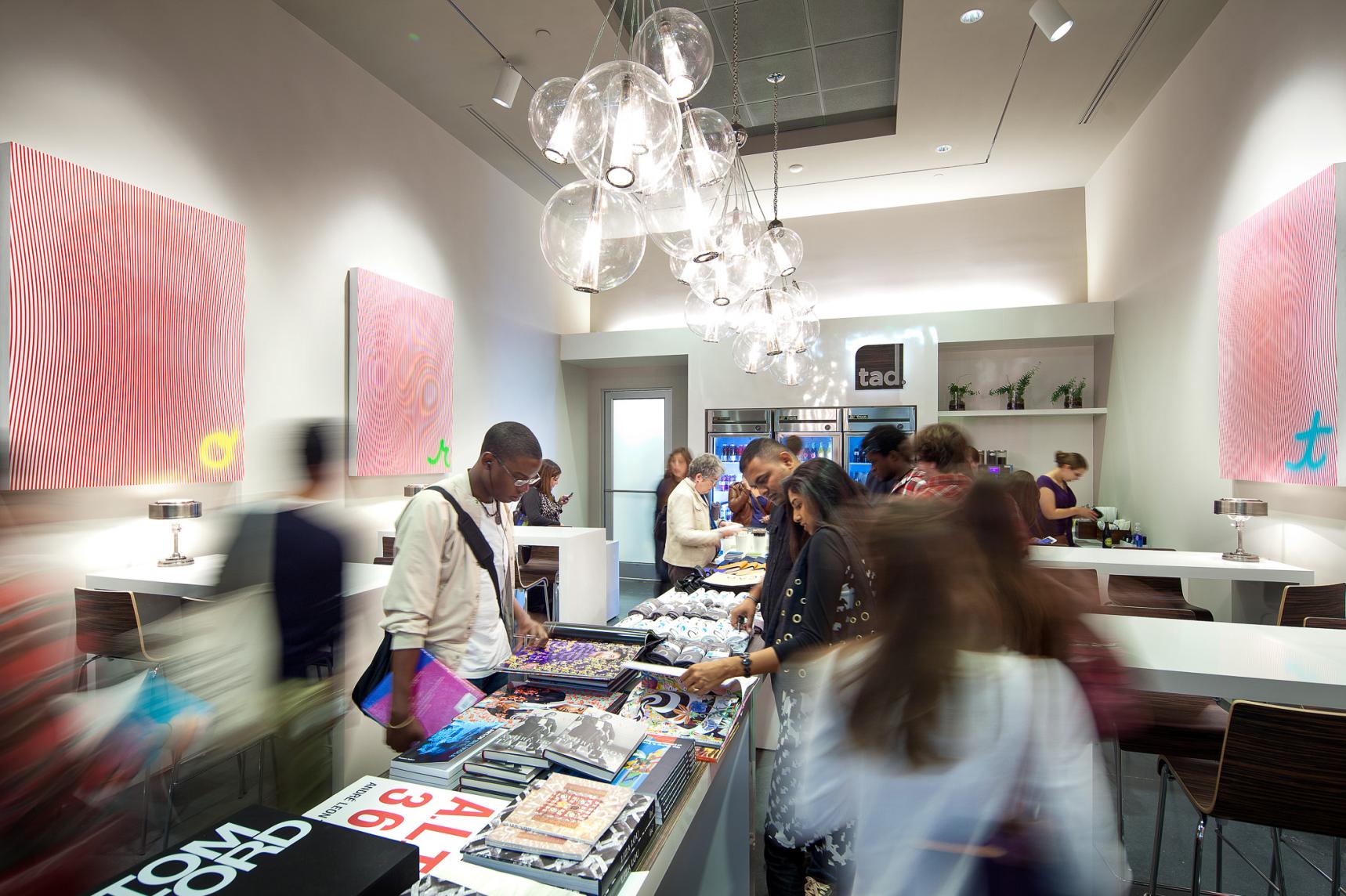
Photo: Chia Chong
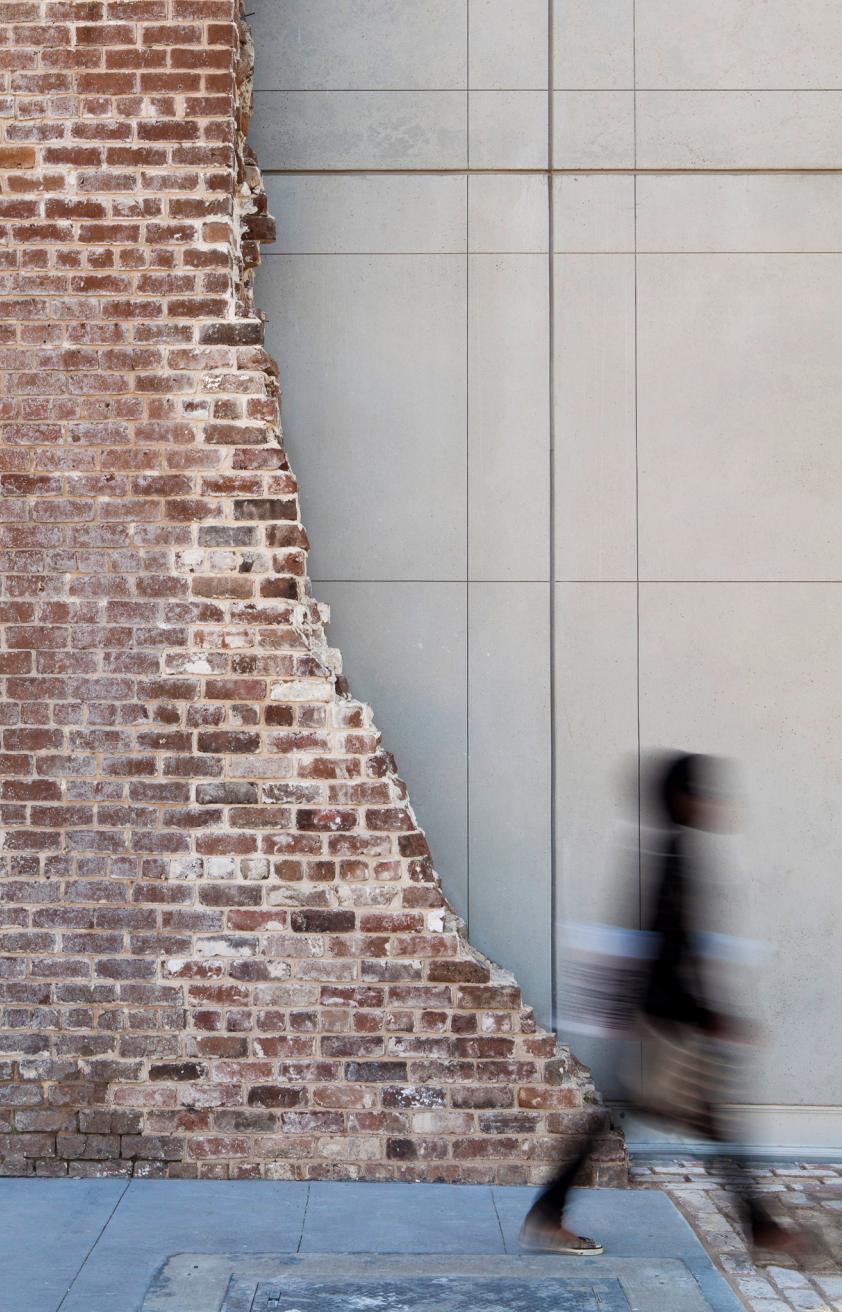
Photo: Adam Kuehl
"The architects salvaged as many materials as they could, and they fit them into the new building without being false to the finished product. Lovely reinvention of a ruin into an art museum; sensitive reuse, yet clean break with the past."
— AIA Honor Award Jury Comment
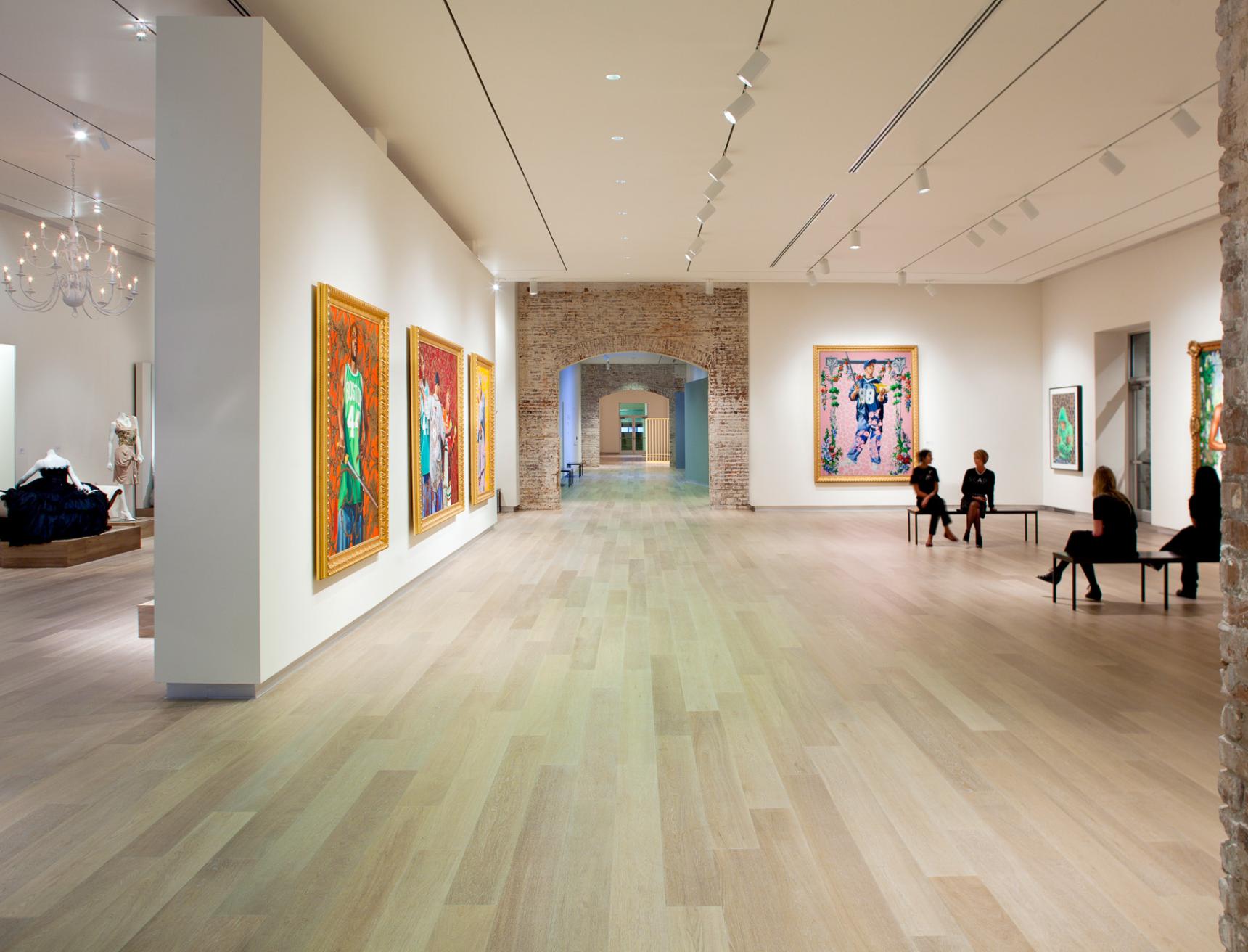
Photo: SCAD
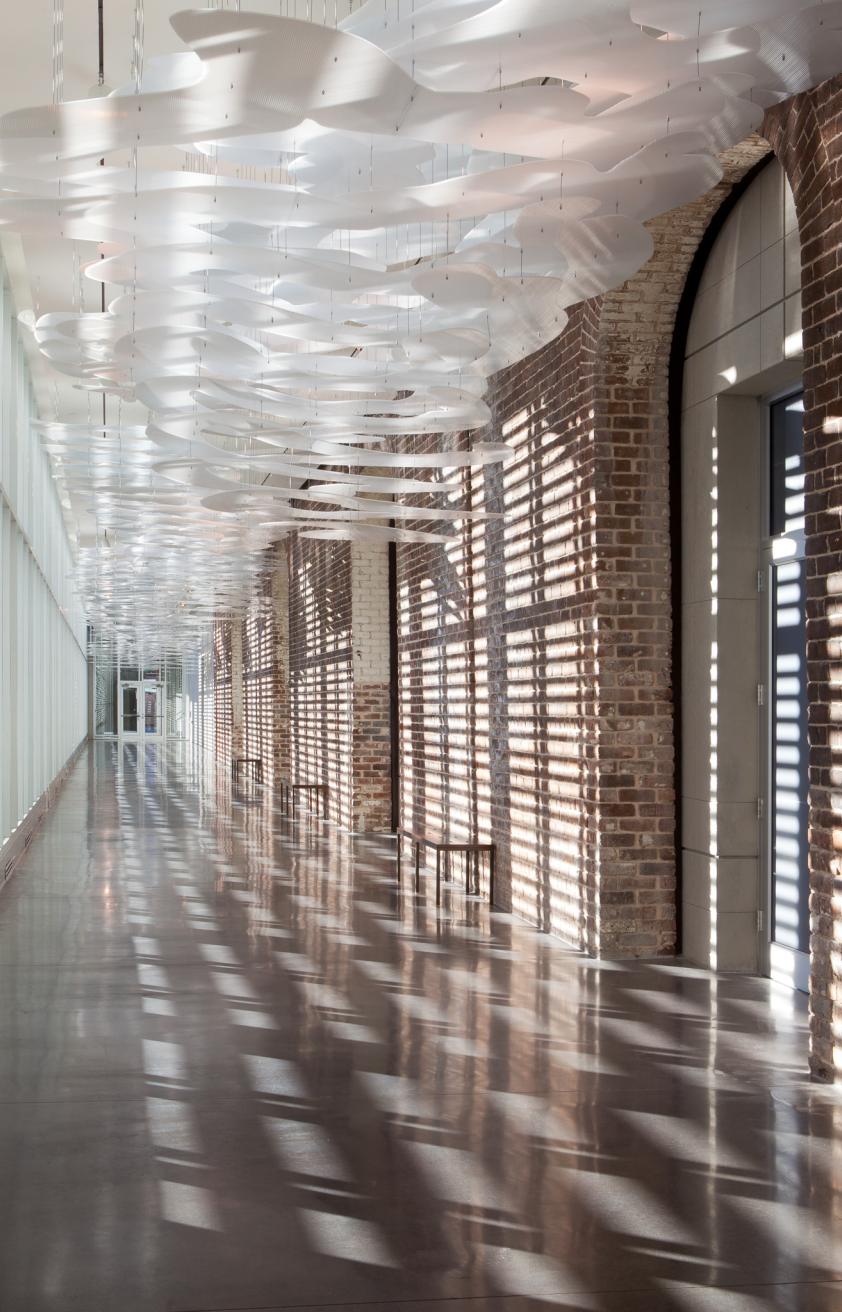
Photo: Adam Kuehl
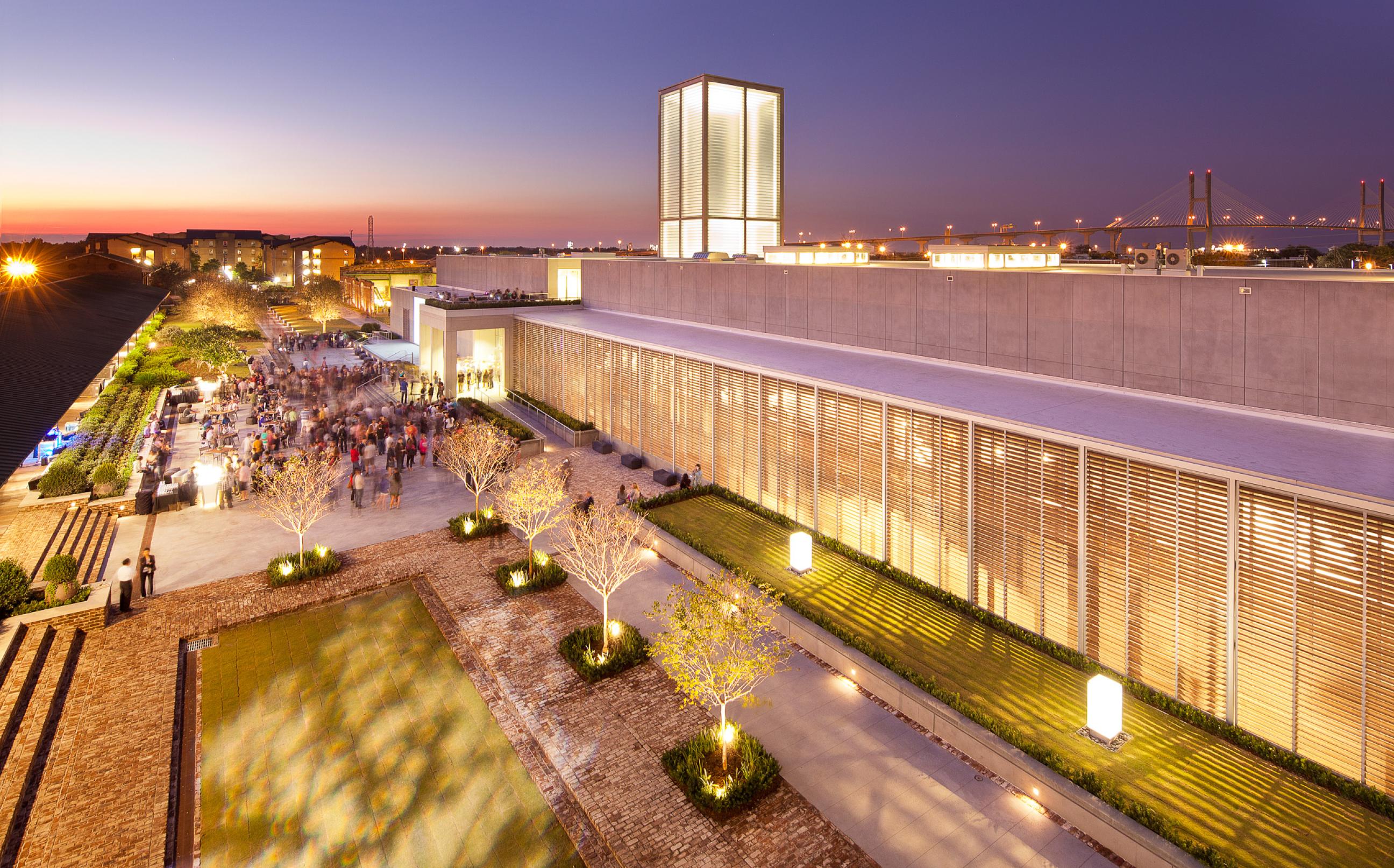
Photo: SCAD
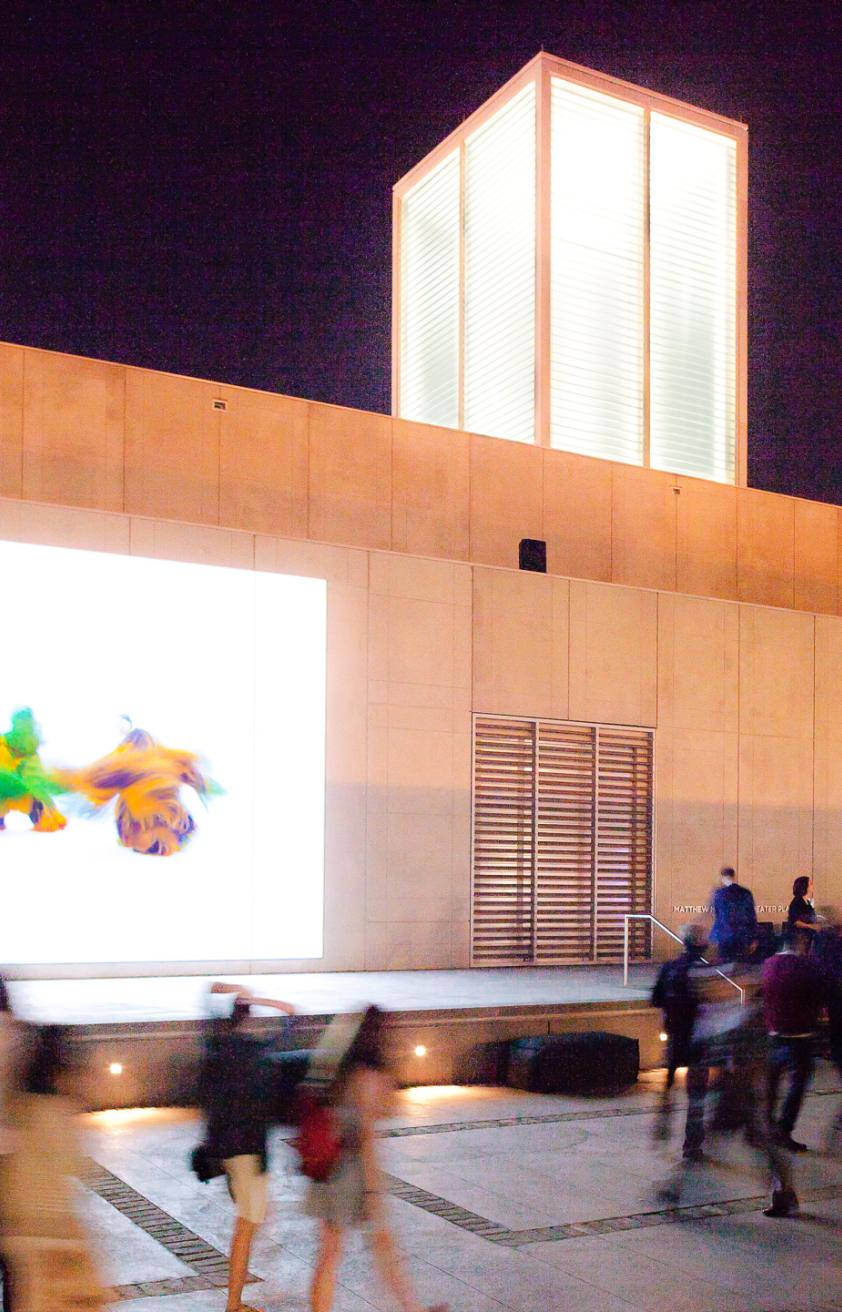
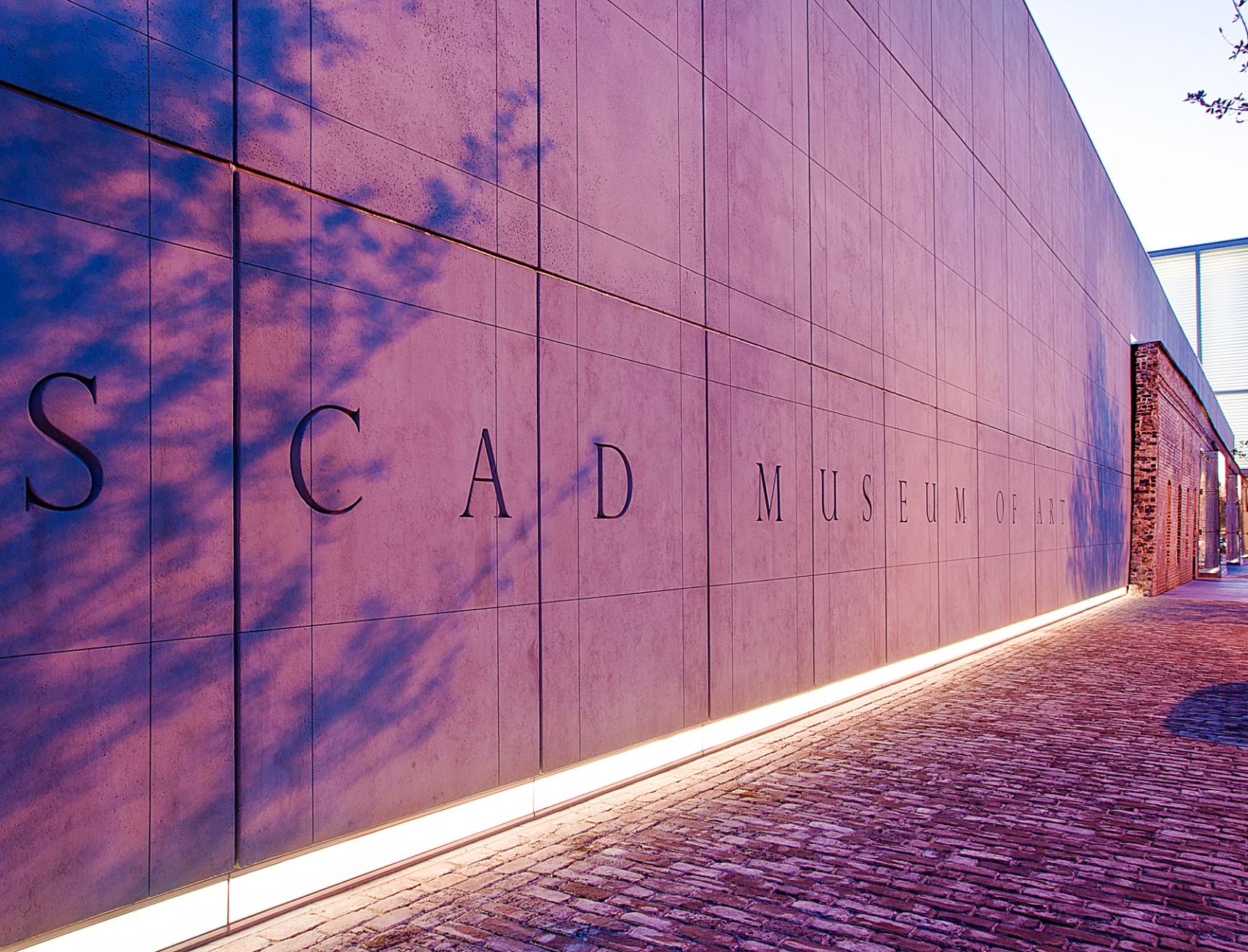
Photo: Metromont Corporation
Honor Award
American Institute of Architects
—
Excellence in Preservation Award
The Georgia Trust for Historic Preservation
—
Education & Research Forum Award
IIDA Georgia Chapter
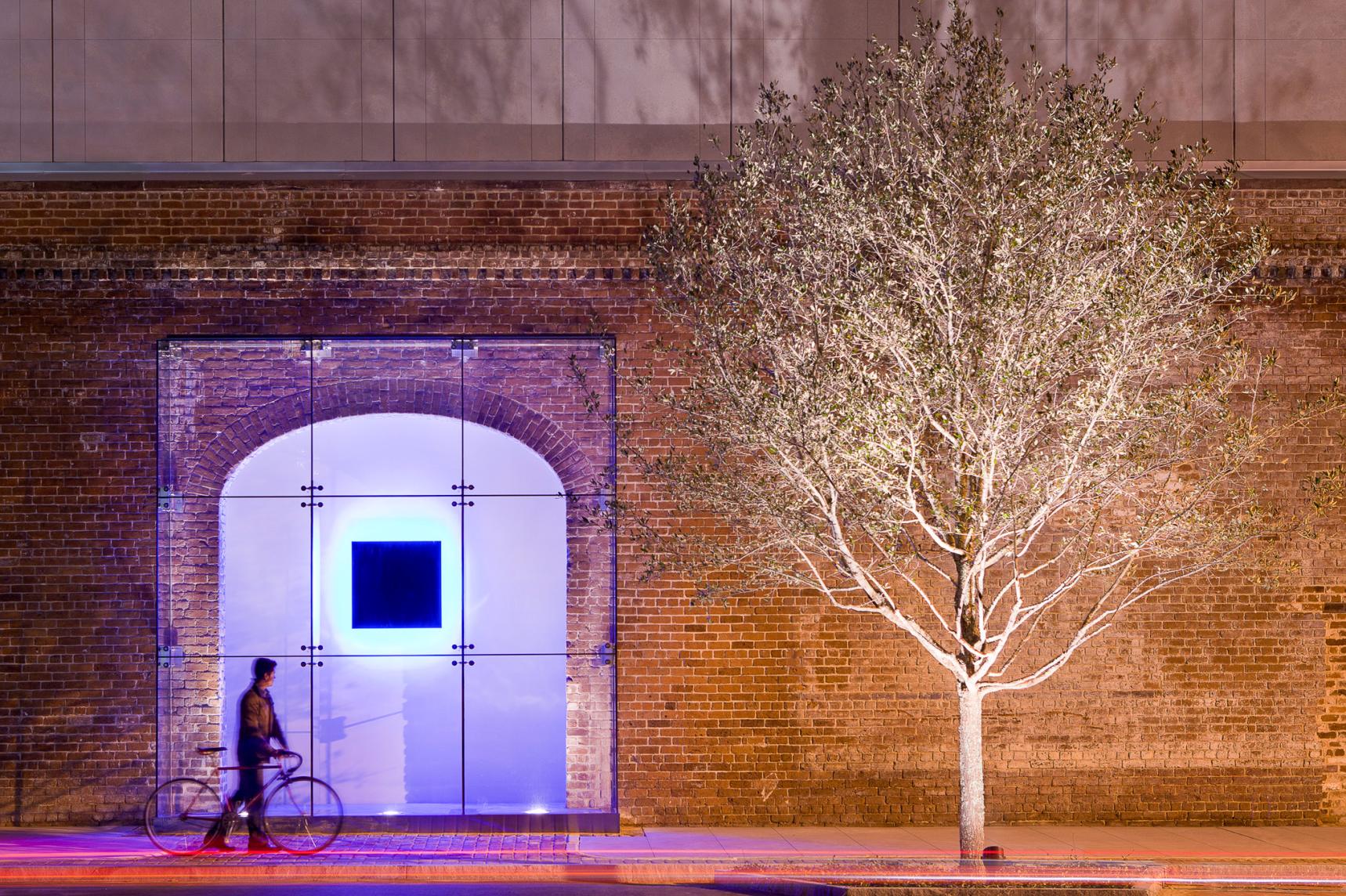
Photo: Adam Kuehl
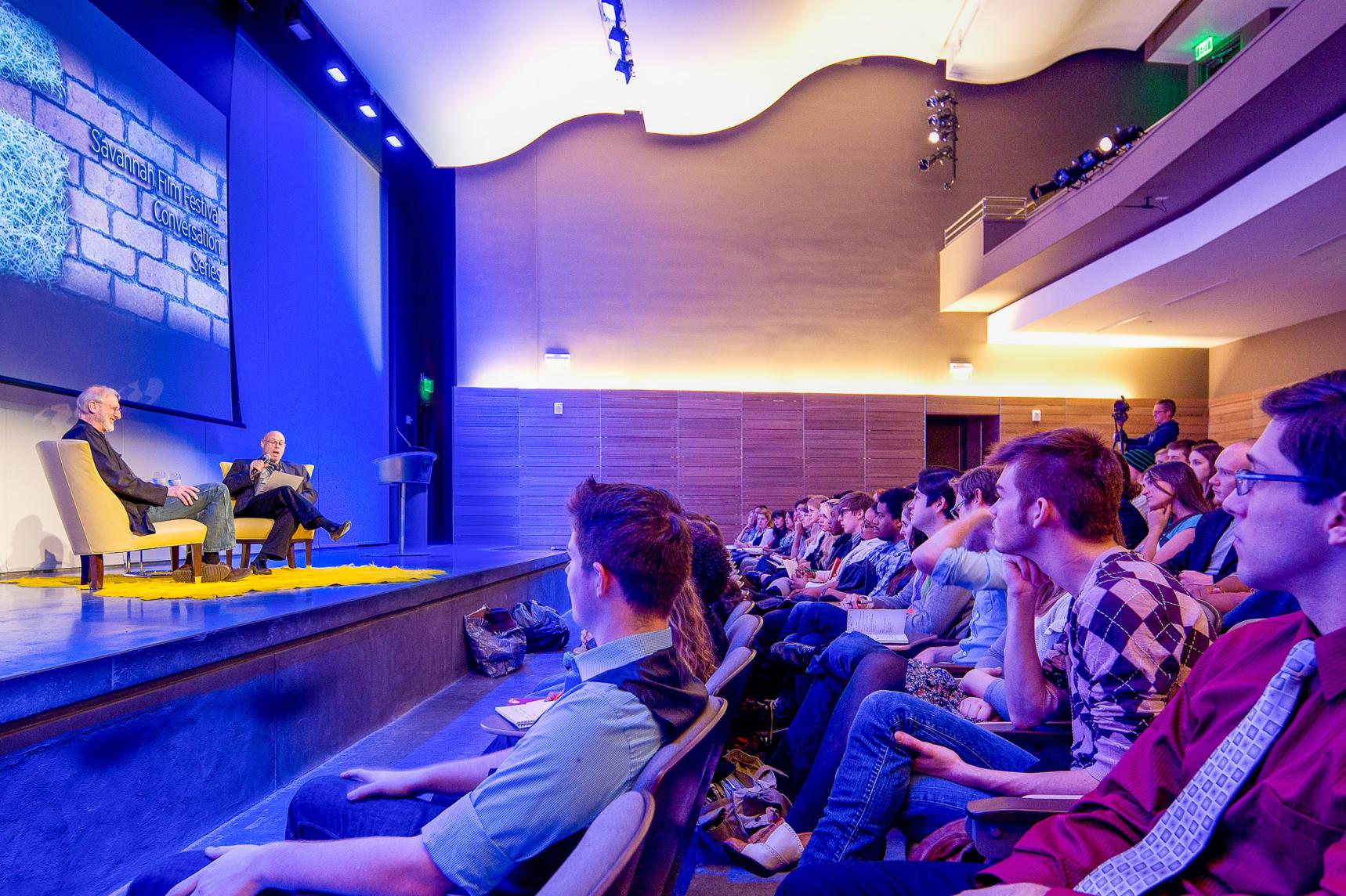
Photo: SCAD
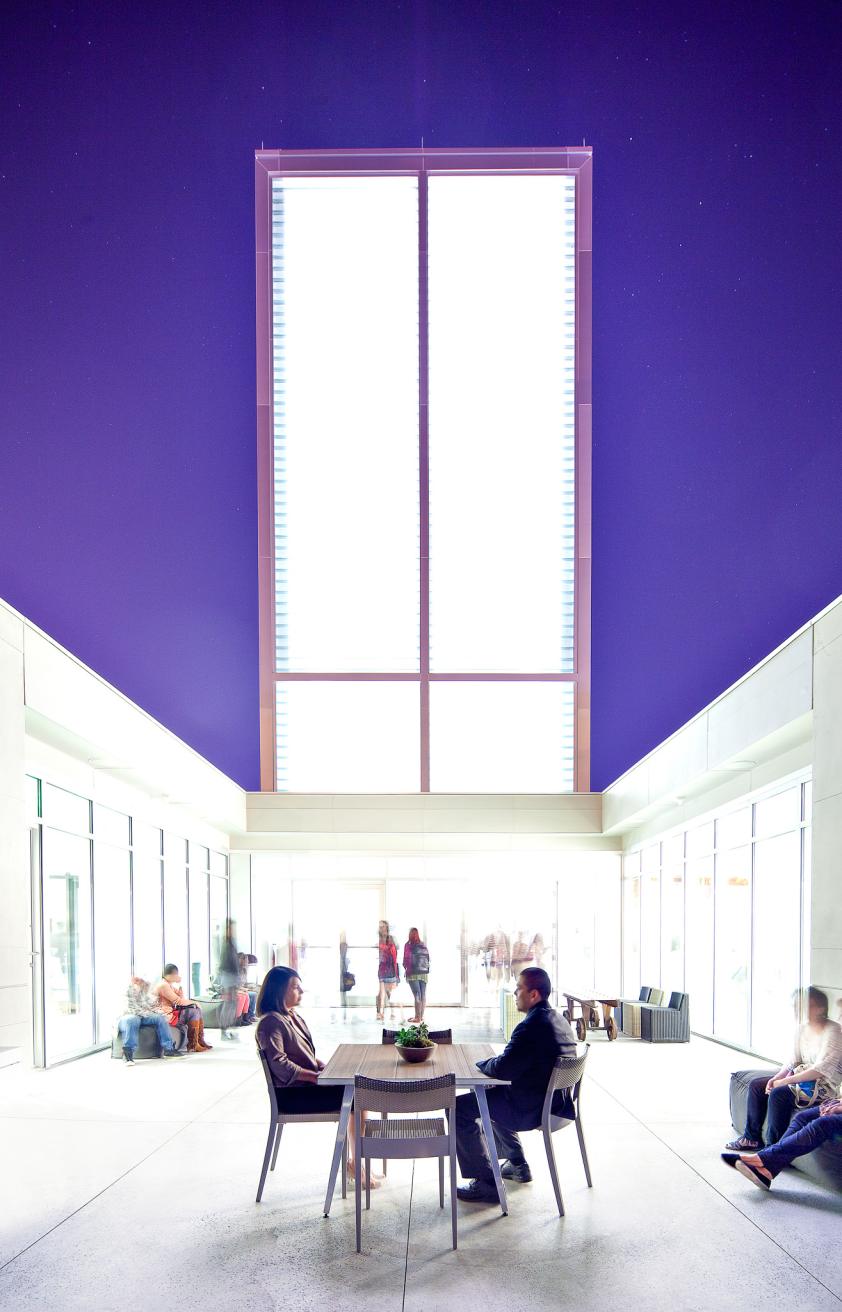
Photo: SCAD
This facility is a culmination of many visions for reinvigorating the very urban fabric of its west boundary district location. The design solution embraces the industrial roots of the historic antebellum rail yards that once were the thread connecting Savannah and its port to the blossoming economy of the south. From the Civil war through WWII, people and stories that passed through the rail complex are the inspiration for this shed to be reborn as a cultural and educational center. The facility’s design aesthetic contrasts the new and the old, the modern with the historic materials, and layers the academic, cultural and public realms, positioning it firmly as an anchor for the area’s urban renewal.